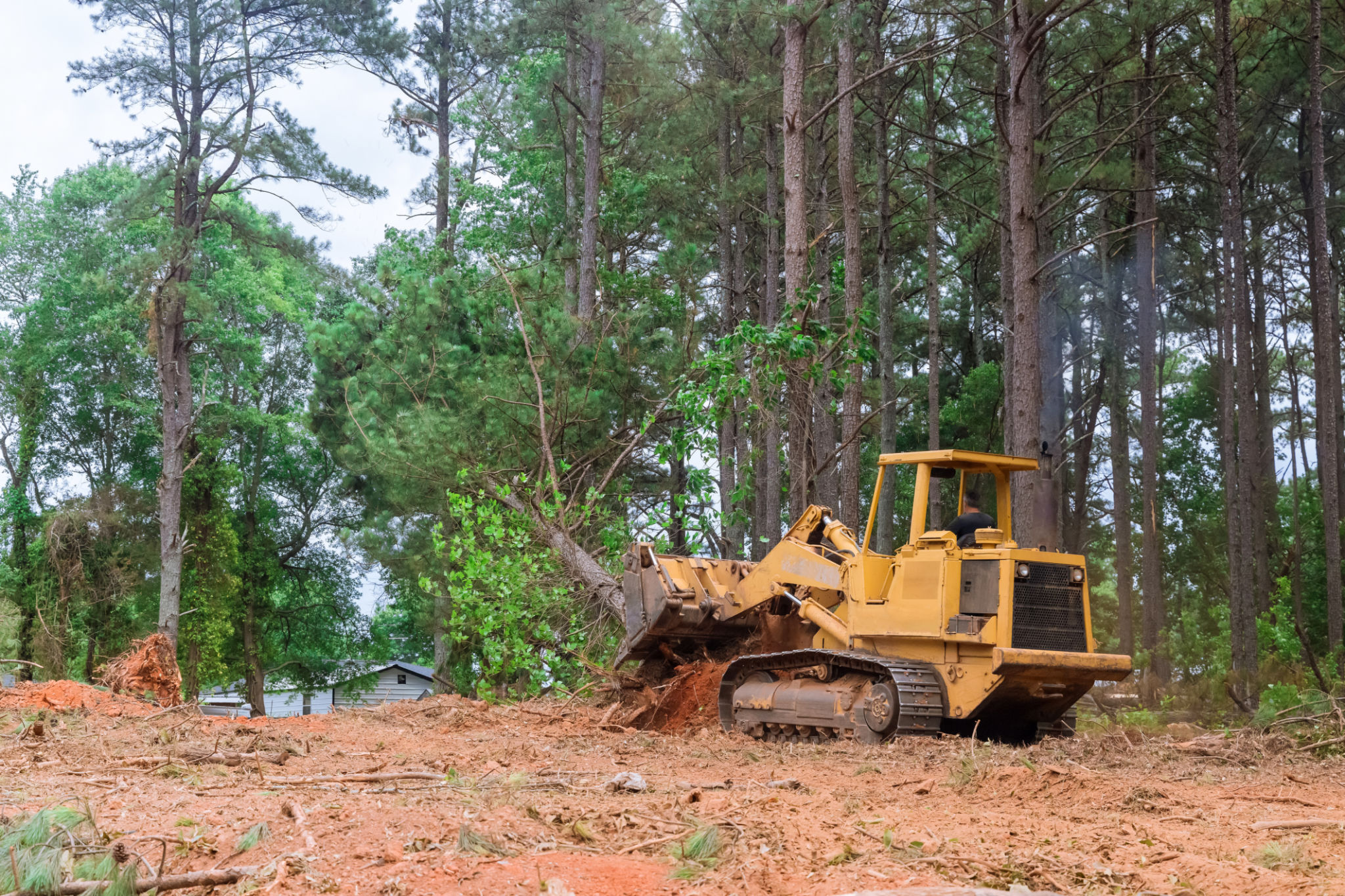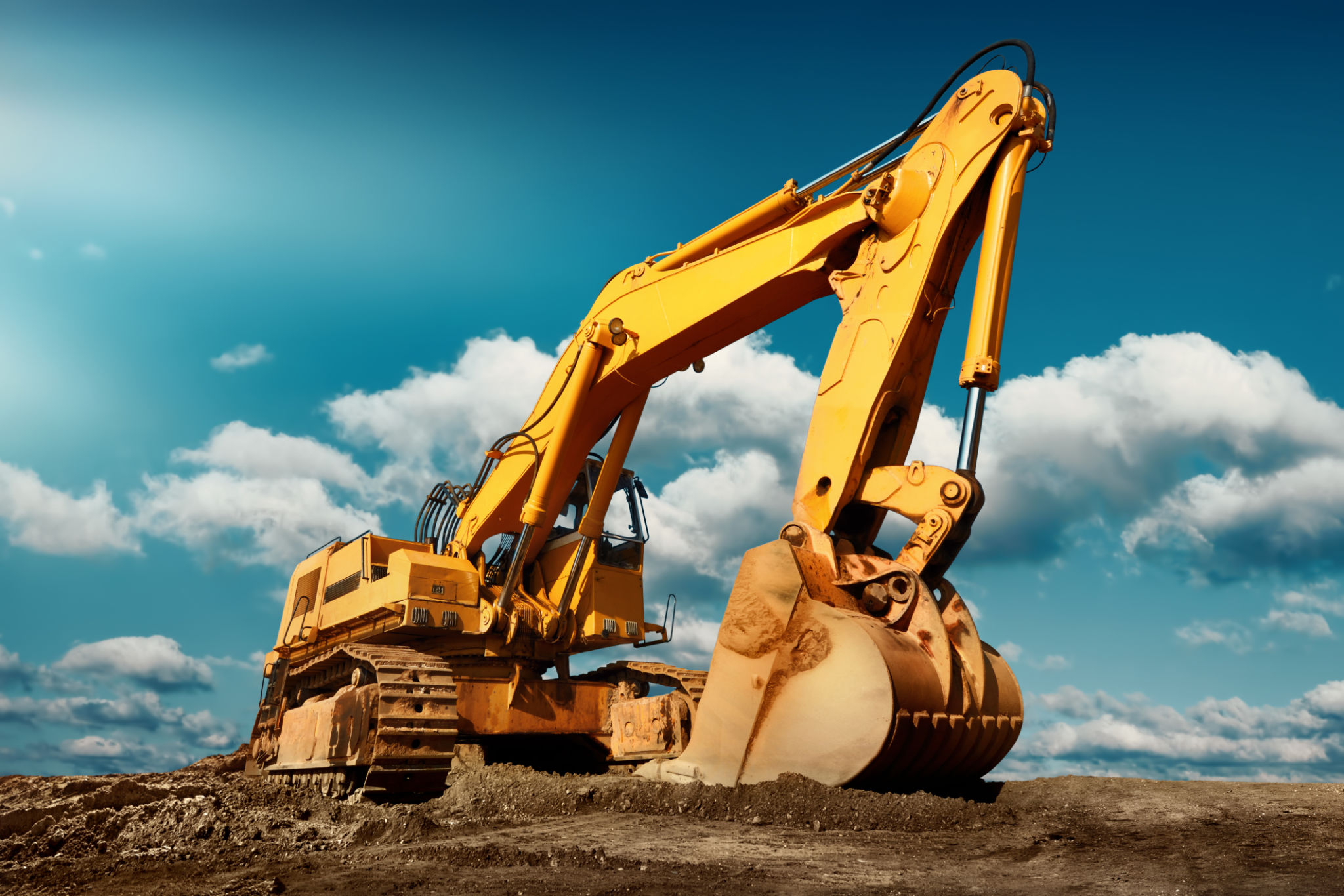Understanding the Land Clearing Process: What You Need to Know
Introduction to Land Clearing
Land clearing is an essential process for preparing a piece of land for construction, agriculture, or other purposes. Understanding this process can help you make informed decisions and ensure that the project is completed efficiently and sustainably. This guide will walk you through the key aspects of land clearing, from initial planning to execution.

Why Land Clearing is Important
Before diving into the specifics, it's crucial to understand why land clearing is necessary. It removes obstacles like trees, stumps, and rocks, making the land suitable for building or farming. Proper clearing can also improve land drainage and reduce the risk of erosion. Additionally, it helps in pest control by eliminating habitats for rodents and insects.
Environmental Considerations
While land clearing is beneficial, it must be done responsibly to minimize environmental impact. Sustainable practices include preserving certain trees, using cleared vegetation for composting, and adhering to local environmental regulations. These steps can help maintain biodiversity and protect the ecosystem.
The Land Clearing Process
The land clearing process involves several stages, each requiring careful planning and execution. Here's a breakdown of what you can expect:
- Site Assessment: A thorough evaluation of the land to identify obstacles and resources.
- Planning: Developing a strategy that includes timelines, equipment needs, and budget.
- Clearing: The actual removal of vegetation and obstacles using machinery or manual labor.
- Post-Clearing: Finalizing the site by removing debris and ensuring it is ready for its intended use.

Equipment Used in Land Clearing
Various tools and machinery are employed in the land clearing process, each suited for different tasks. Common equipment includes bulldozers, excavators, chainsaws, and mulchers. The choice of equipment depends on the scale of the project and the type of terrain.
For smaller projects, manual tools like axes and machetes may be sufficient. However, larger areas typically require heavy machinery to ensure efficient clearing within a reasonable timeframe.
Safety Measures
Safety is a top priority during land clearing. Proper training and protective gear are essential for workers involved in the process. This includes wearing helmets, gloves, and high-visibility clothing. Additionally, it's important to follow safety protocols for operating machinery to prevent accidents.

Legal Requirements
Before starting a land clearing project, it's vital to be aware of any legal requirements or permits needed. Regulations vary by location, so consulting with local authorities can help ensure compliance with zoning laws and environmental protection guidelines.
Conclusion
Understanding the land clearing process is crucial for anyone looking to develop land responsibly. By considering environmental impacts, using appropriate equipment, and adhering to safety standards and legal requirements, you can ensure a successful and sustainable project. Whether you're a homeowner, farmer, or developer, informed planning will lead to better outcomes.